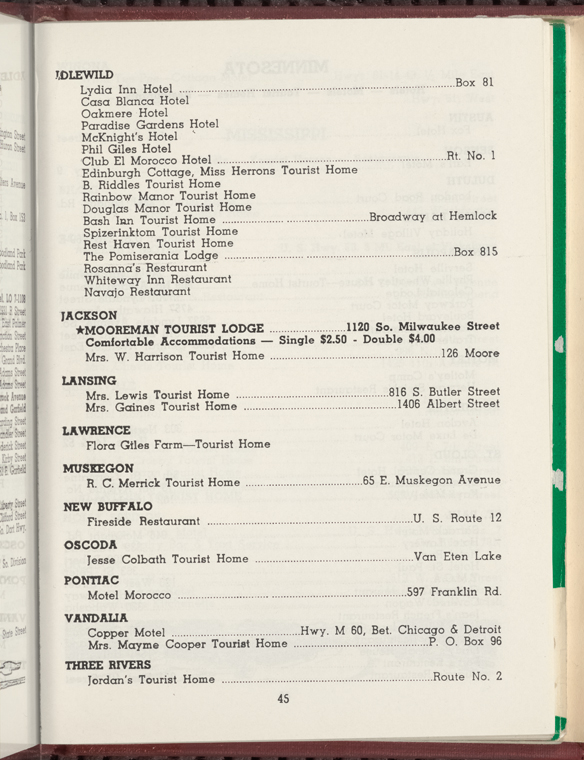The Green Book - An Archive of African-American Travel during Segregation
Late last year, in response to recent political vitriol aimed at the Muslim community, we designed a poster for our local small business community in Minneapolis. The aim of this poster was to have it displayed in shop windows with a clear message: "All Are Welcome Here".
This poster took off nationwide, creating a network of small businesses across the country acting as signposts and criers to the community: we will not stand for hate.
As we celebrate Black History Month, I'm reminded of another time when small businesses sent a message to a targeted community, letting them know their business was welcome.
The Green Book, published from 1936 to 1966, was a travel guide for African Americans during a time of legal and de-facto segregation. Published by Victor Green, a Harlem postal worker, these books helped Black travelers navigate through towns and cities to places — hotels or "tourist homes", restaurants, taverns and service stations — where they would not encounter racism and threats while trying to enjoy a vacation. Green developed this part-time venture into a publishing company into a travel agency, all the while hoping that advances in civil rights would make the guide unnecessary.
These guide books, many of which have been digitized by the New York Public Library, offer a historical record of the lengths African-Americans had to go to find accommodations. They are also letterpress-printed artifacts showcasing a vernacular graphic design. Listings are laid out in a clear, easy to read architecture by state and subdivided by city. For an extra fee, businesses could have their name typeset in bold and/or with a star, indicating they were "recommended". As demand for the guidebooks grew, the number of listings and the scope of the coverage expanded. Ads changed as typeface popularity changed through the decades, but remained predominantly simple, following a consistent style.
NYPL Labs has also created some unique data visualizations with the information in the Green Books - you can map a trip using the accommodations listed, and see heat maps of where African-Americans had the most opportunities for travel unencumbered by discrimination.









